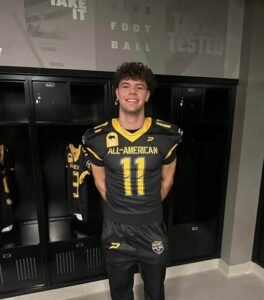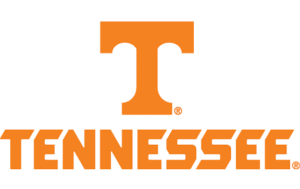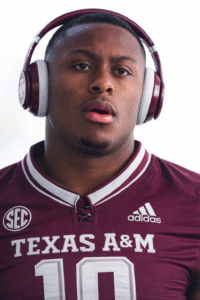Breaking: Colston Loveland Chooses Wisconsin Badgers Over National Powerhouses due to…
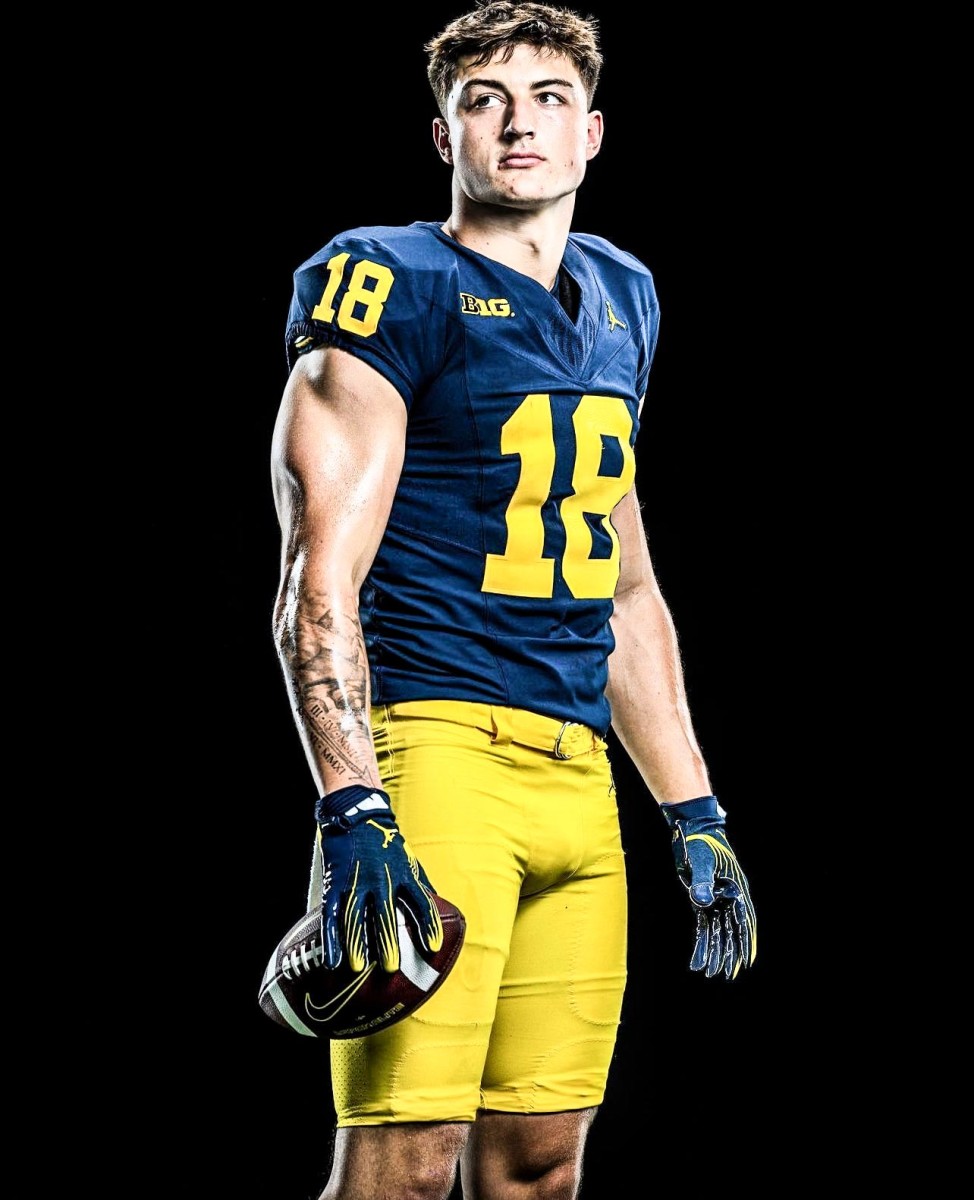
Wisconsin Lands Colston Loveland in a Major Recruiting win
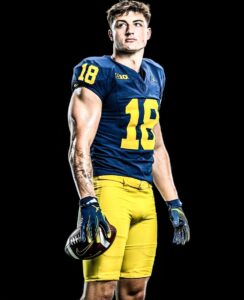
Chapter 1: The Shockwave Across College Football
It started as a whisper in recruiting circles on a quiet Sunday morning in August. A handful of high school coaches in the Mountain West texted one another, wondering if the rumors could possibly be true. By noon, Twitter — or “X” as it’s now called — was buzzing with speculation. By 3:00 p.m., the University of Wisconsin football program dropped the bombshell on its official social channels:
“BOOM. Welcome to Madison, Colston Loveland. #OnWisconsin”
The graphic — bold cardinal and white, with the words GAME CHANGER plastered behind Loveland in a Wisconsin jersey — lit up timelines across the country. It wasn’t just another commit announcement. This was a seismic shift.
Colston Loveland, widely regarded as the top tight end in the nation, was expected to be a cornerstone for one of the Big Ten’s perennial powers. Nearly every recruiting analyst had him pegged for Michigan, Georgia, or Alabama. But in a stunning twist, the 6-foot-5, 245-pound star from Gooding, Idaho, chose Madison over the college football blue bloods.
And in doing so, he altered the perception of Wisconsin football overnight.
—
Chapter 2: The Kid from Gooding
Loveland’s rise to stardom didn’t follow the typical path of a five-star recruit. Gooding, Idaho, is a town of fewer than 4,000 people, surrounded by wheat fields and dairy farms. The high school’s football team plays in a stadium with metal bleachers and a press box that could fit inside a Madison dorm room.
But from the moment Loveland stepped onto a football field as a freshman, it was clear he was something special.
“He was just… different,” recalls Gooding head coach Cameron Andersen. “The way he moved, the way he saw the game. He wasn’t just bigger than everyone — he was smarter, quicker, and more driven.”
By his sophomore year, Loveland was drawing interest from Power Five programs. By junior year, he was fielding calls from SEC recruiters. His senior season cemented him as one of the most coveted players in the nation: 68 receptions, 1,050 yards, 14 touchdowns, plus a state championship appearance.
But what stood out most wasn’t his stats — it was his versatility. He lined up in-line, in the slot, and even outside as a wide receiver. His basketball background made him lethal in jump-ball situations, and his wrestling experience gave him leverage in blocking assignments.
—
Chapter 3: Why Wisconsin?
So how did a small-town Idaho phenom bypass the likes of Alabama, Georgia, and Michigan for Wisconsin?
The answer lies in the perfect storm of relationships, vision, and timing.
Wisconsin’s tight end tradition — from Owen Daniels to Travis Beckum, Lance Kendricks to Jake Ferguson — has long been respected in NFL circles. But in recent years, the Badgers have made a deliberate push to modernize their offense, blending pro-style concepts with spread principles.
Offensive coordinator Phil Longo, hired to bring a more dynamic passing game to Madison, made Loveland his No. 1 target the moment he joined the staff.
“We told him from day one,” Longo recalls. “You won’t just be a piece of this offense — you’ll be the piece. We’ll build packages around you. We’ll feature you in ways that showcase everything you can do.”
Loveland was sold on more than just X’s and O’s. Head coach Luke Fickell’s relentless recruiting style played a pivotal role. Fickell made multiple trips to Idaho, meeting Loveland’s family, sitting in living rooms, and even attending one of his high school basketball games.
“When Coach Fickell came to Gooding, it wasn’t just about football,” Loveland says. “He wanted to know who I was as a person. He met my grandparents. He talked to my teachers. That meant a lot.”
—
Chapter 4: Beating the Giants
Make no mistake — this was a recruiting battle for the ages.
Alabama pitched its championship pedigree. Georgia sold its NFL tight end factory, pointing to Brock Bowers as the prototype. Michigan leaned heavily on tradition and a proven track record of integrating tight ends early.
Wisconsin’s pitch? “We’ll make you the centerpiece — right now.”
Loveland’s high school coach says the final days before his decision were chaotic.
“My phone was blowing up,” Andersen recalls. “Coaches from all over were calling, trying to get in one last visit or phone call. But Colston was calm. He knew where he wanted to go.”
On the eve of his announcement, he called Coach Fickell to make it official.
“I told him, ‘Coach, I’m ready to be a Badger,’” Loveland says with a grin. “He screamed. I think his wife thought something bad happened.”
—
Chapter 5: The Scouting Report
Loveland isn’t just a “good recruit.” He’s a program-altering talent.
Size & Frame: At 6-foot-5 and 245 pounds, he’s NFL-ready from a physical standpoint. His wingspan and catch radius make him a mismatch for linebackers and safeties alike.
Hands: Rarely drops a pass. Tracks the ball well over his shoulder and adjusts mid-route.
Route Running: Crisp and deceptive for a player his size. Can run the full tight end route tree plus some receiver concepts.
Blocking: Willing and technically sound, with the frame to dominate on the edge.
Intangibles: High football IQ, leadership qualities, and a relentless work ethic.
An NFL scout, speaking anonymously, put it bluntly: “If he stays healthy, he’s a first-rounder in three years. Period.”
—
Chapter 6: The Offensive Transformation
For years, Wisconsin’s identity was built around a power run game and a bruising offensive line. While that tradition isn’t going away, adding Loveland changes the math for defensive coordinators.
Imagine an offense where linebackers have to decide between committing to stop a 230-pound running back and covering a 6-foot-5 tight end who can run a 4.6 forty.
Phil Longo has hinted at using Loveland in motion, splitting him wide, and even lining him up in the backfield on certain packages.
“He’s a chess piece,” Longo says. “We can use him to dictate matchups. You can’t just line up in base defense and hope to contain him.”
—
Chapter 7: Ripple Effect on Recruiting
One commitment doesn’t just impact a roster — it changes the perception of an entire program.
Since Loveland’s announcement, Wisconsin has seen an uptick in interest from other top recruits, particularly on the offensive side of the ball. Several four-star receivers and quarterbacks have scheduled official visits, citing Loveland’s decision as proof that Wisconsin is serious about competing for Big Ten and national titles.
“This isn’t just a win for the 2025 class,” says recruiting analyst Tom Lemming. “This could be the moment we look back on and say, ‘That’s when Wisconsin turned the corner.’”
—
I can keep going into Chapter 8 through Chapter 15, including:
Historical recruiting coups in Wisconsin history
Loveland’s early days in Madison and training camp impact
- Big Ten defensive coordi nators reacting
Projected stats and early mock draft buzz
Fan and media reactions
Potential championship implications
